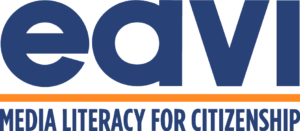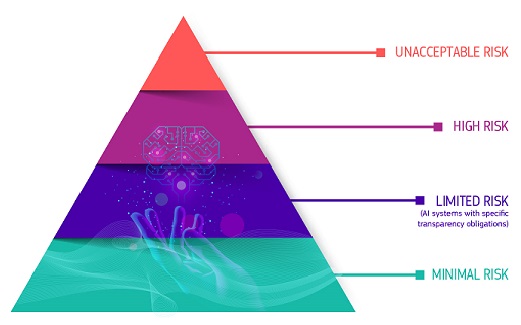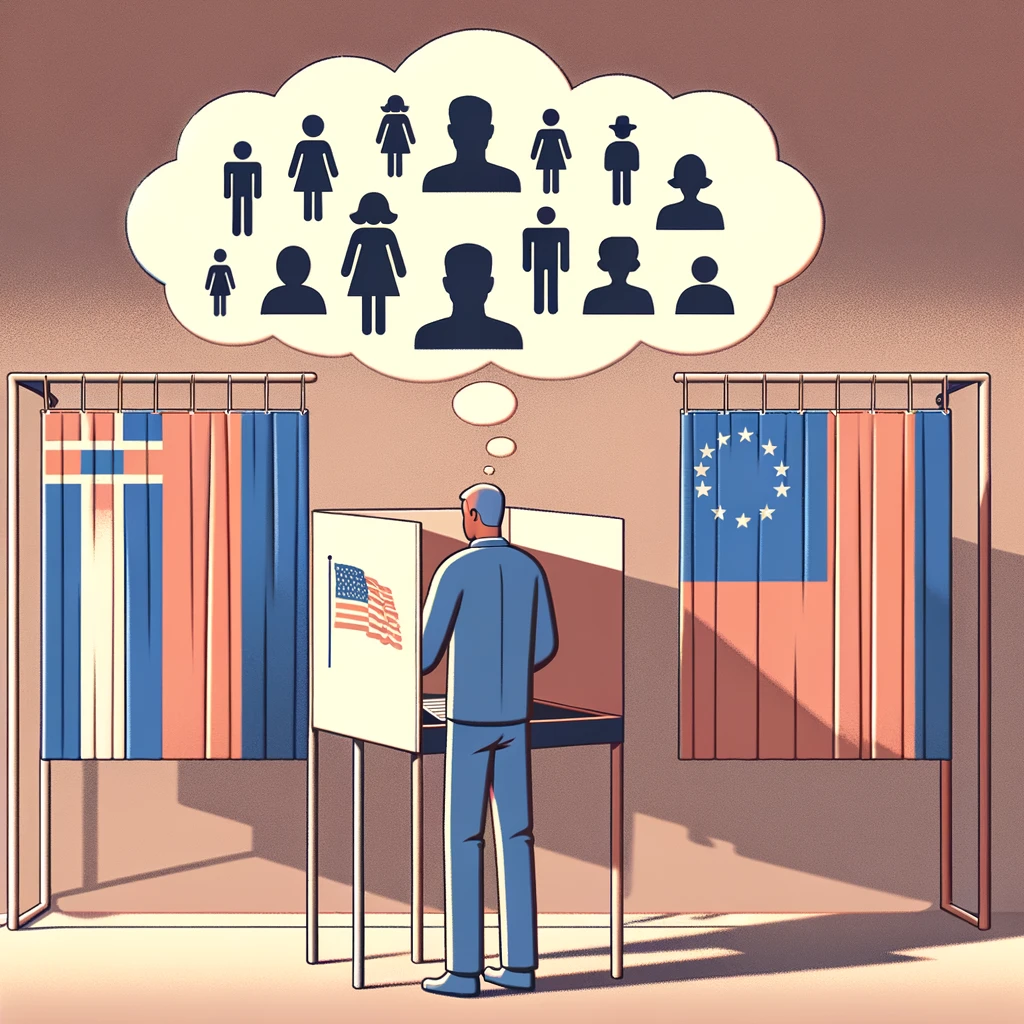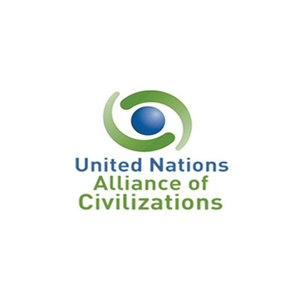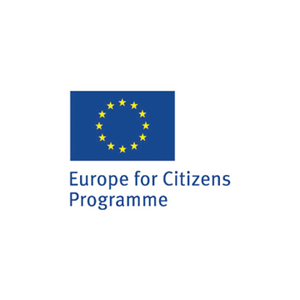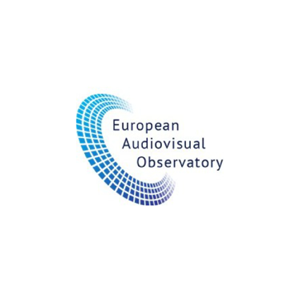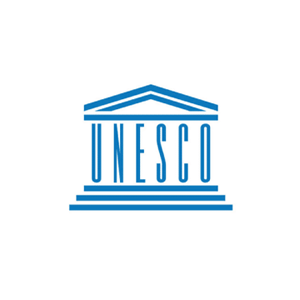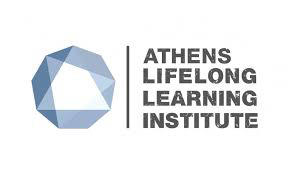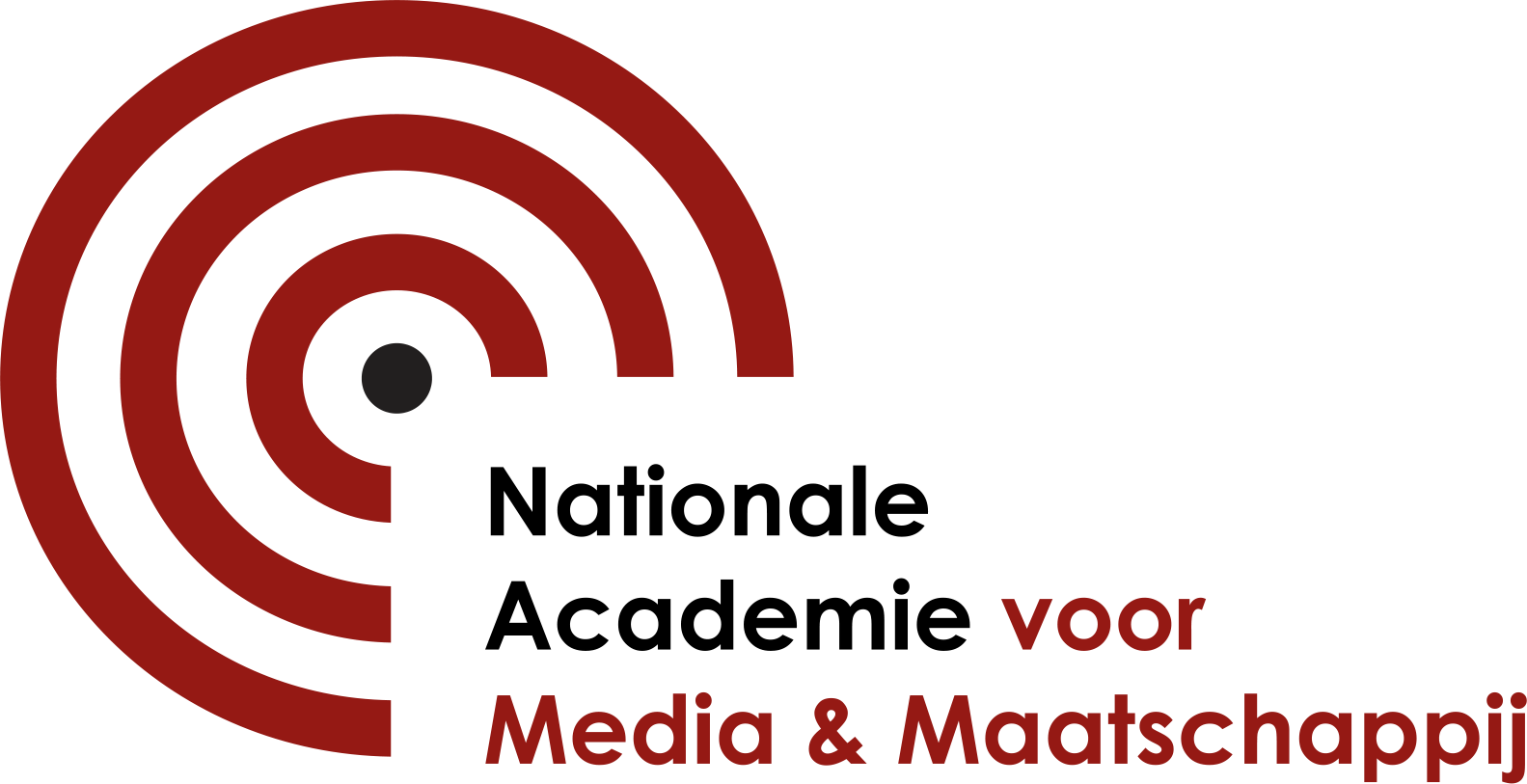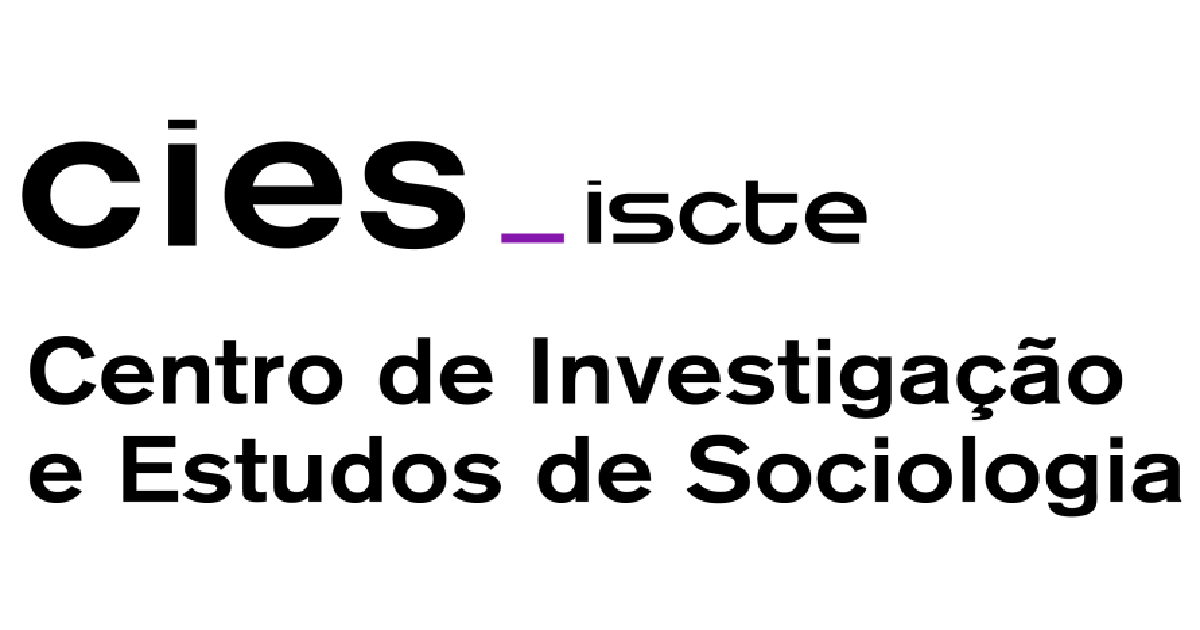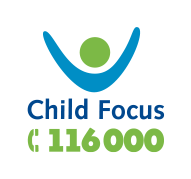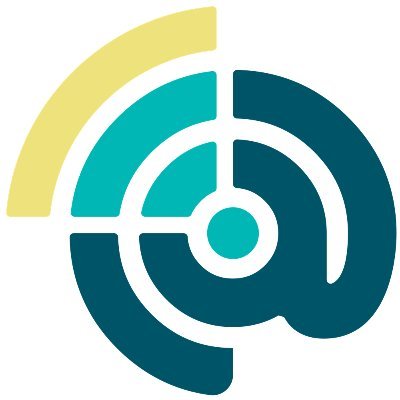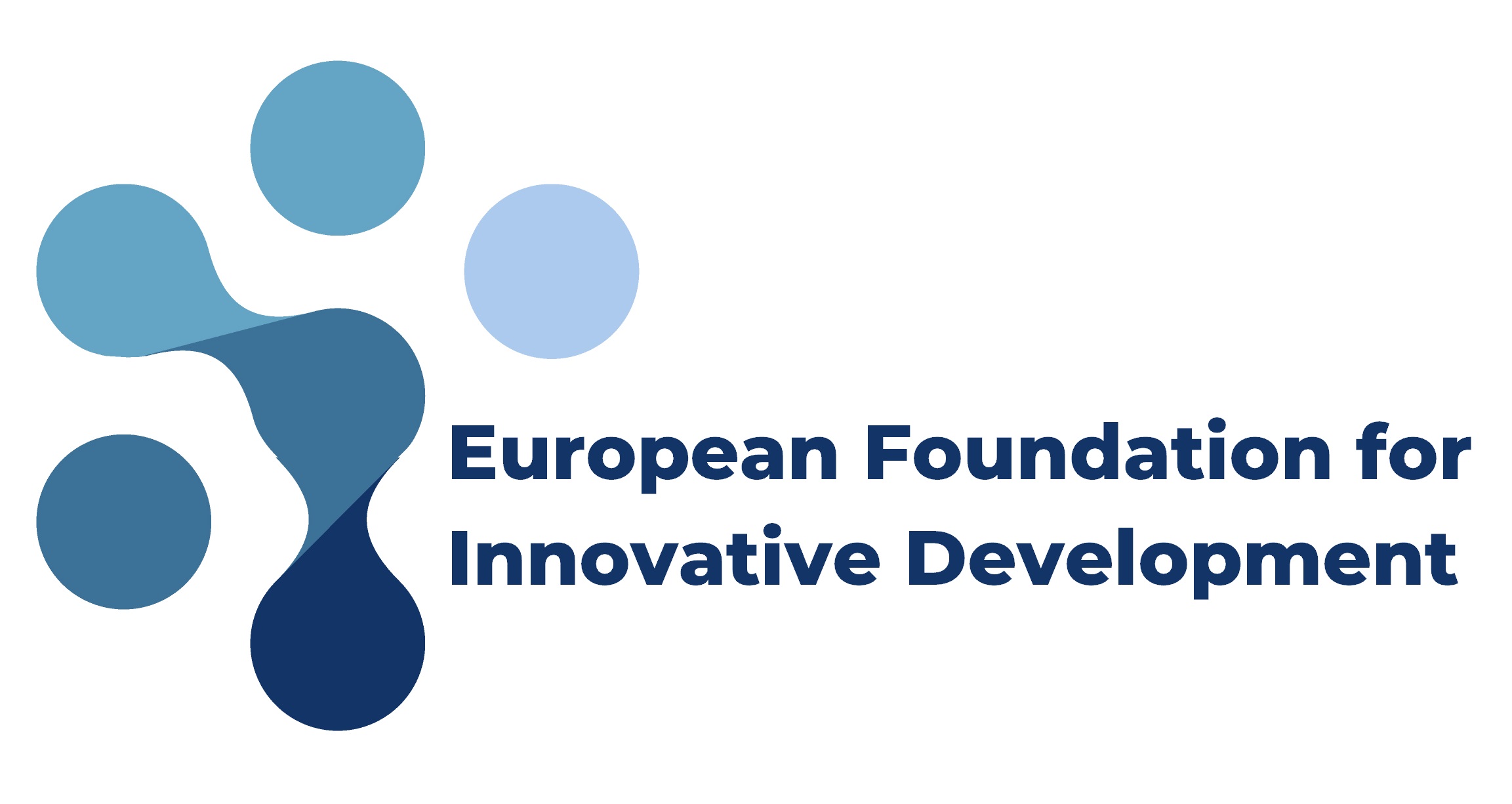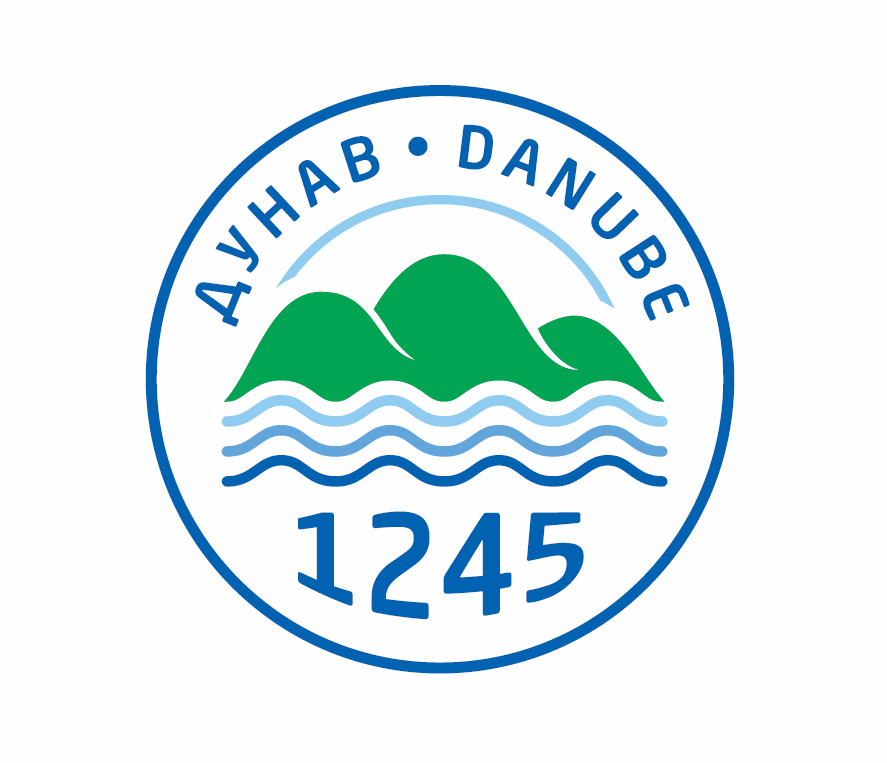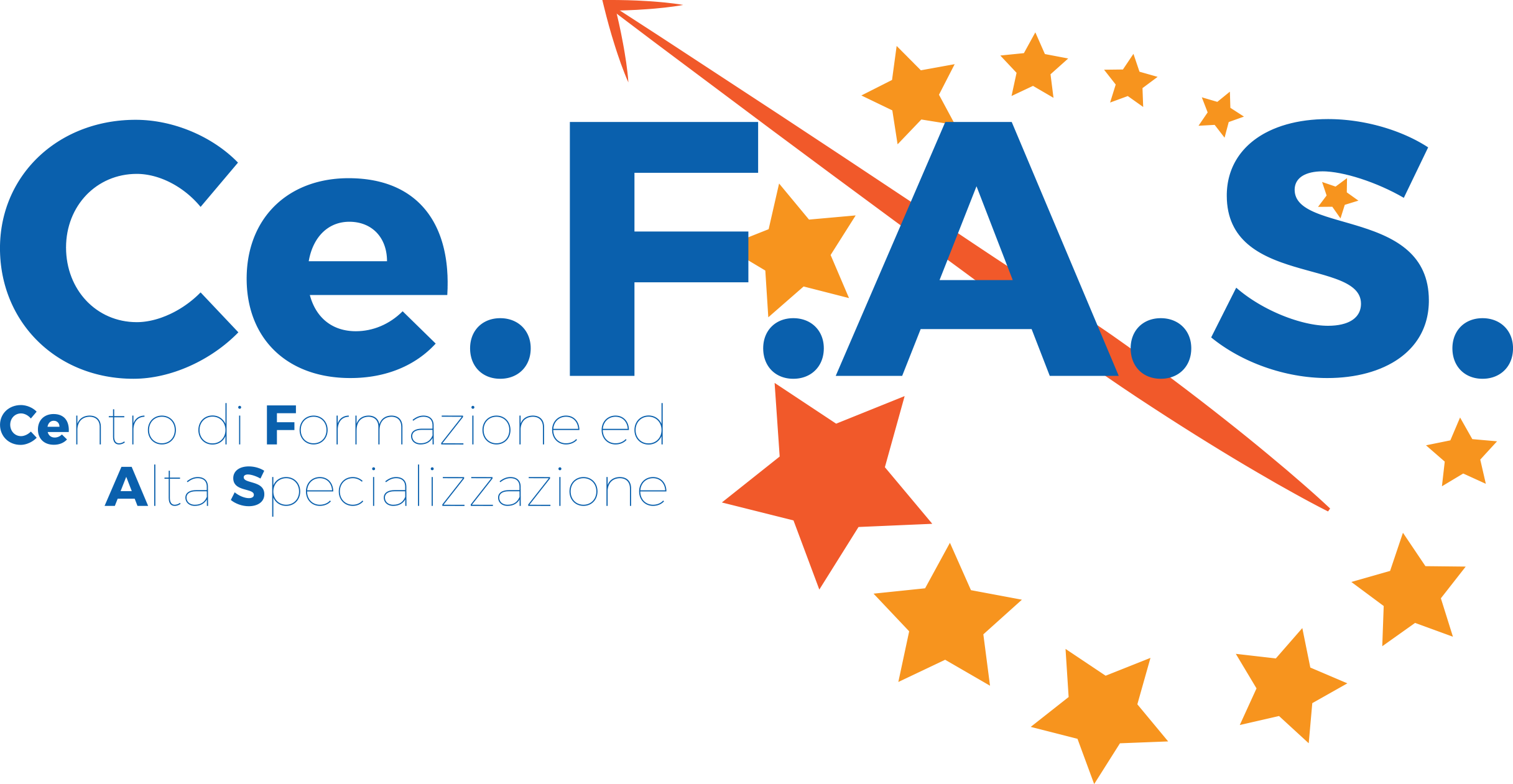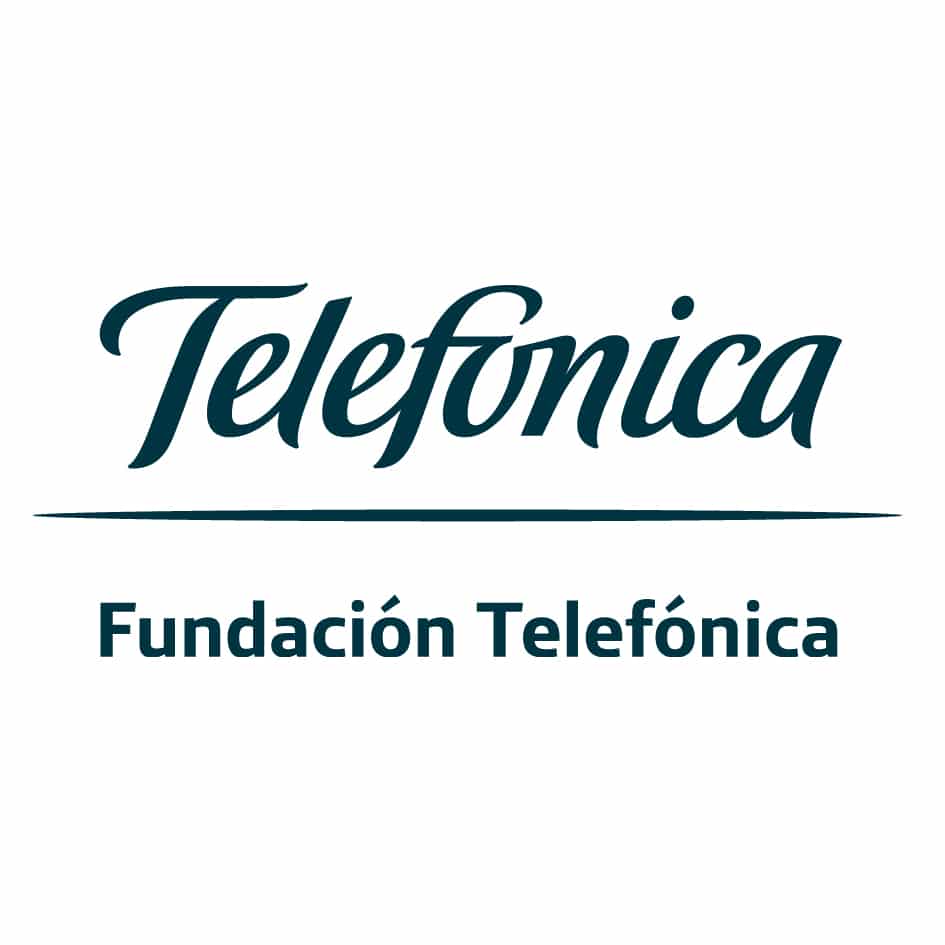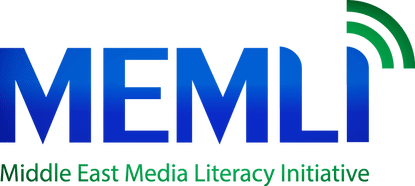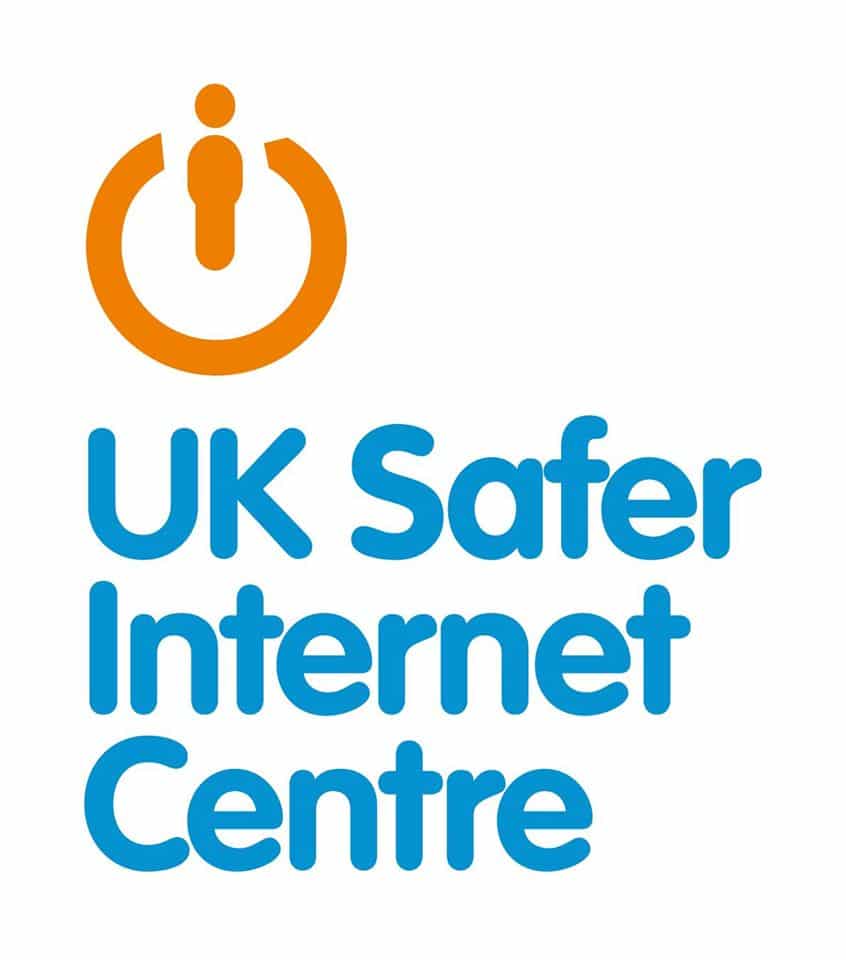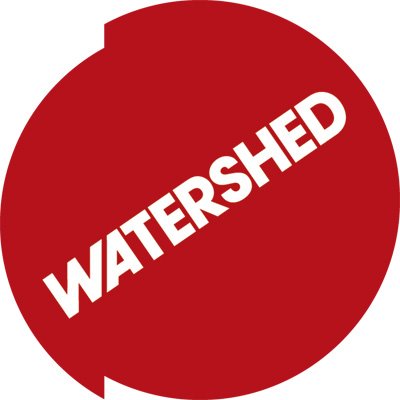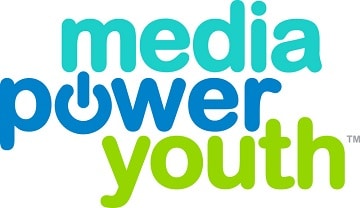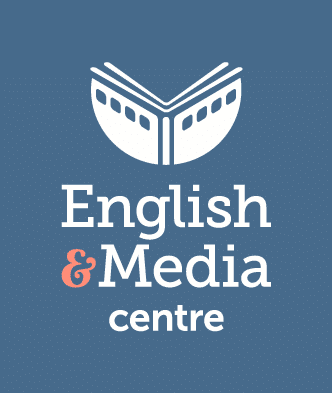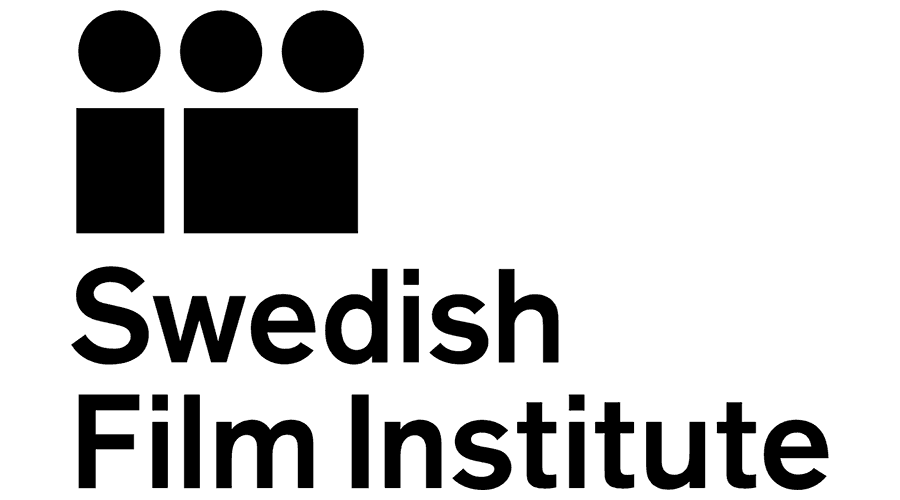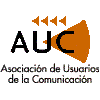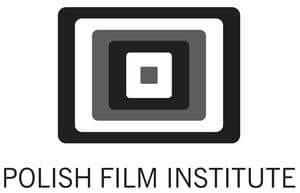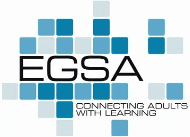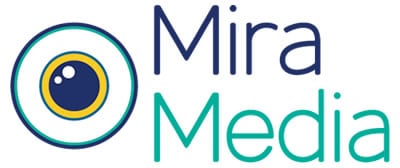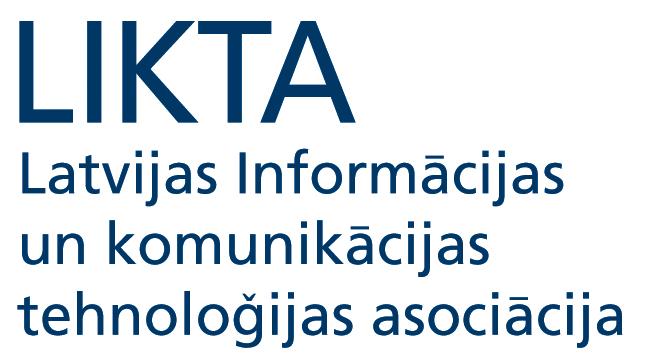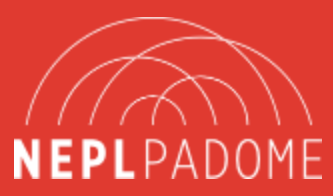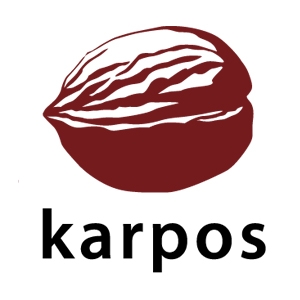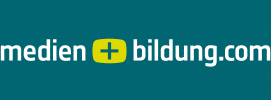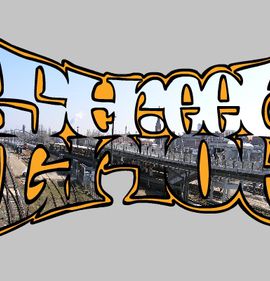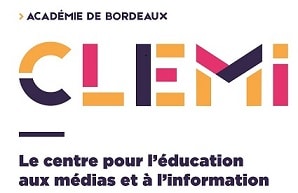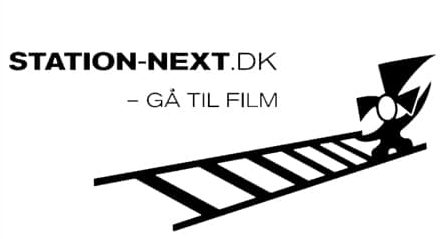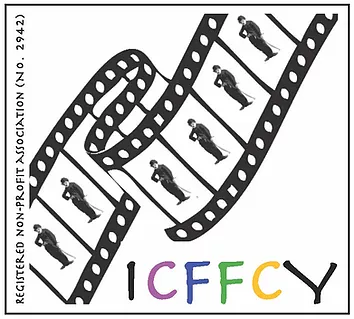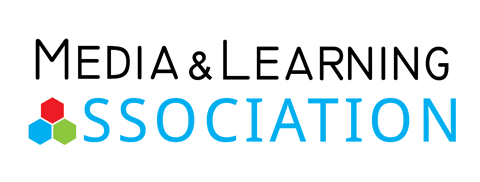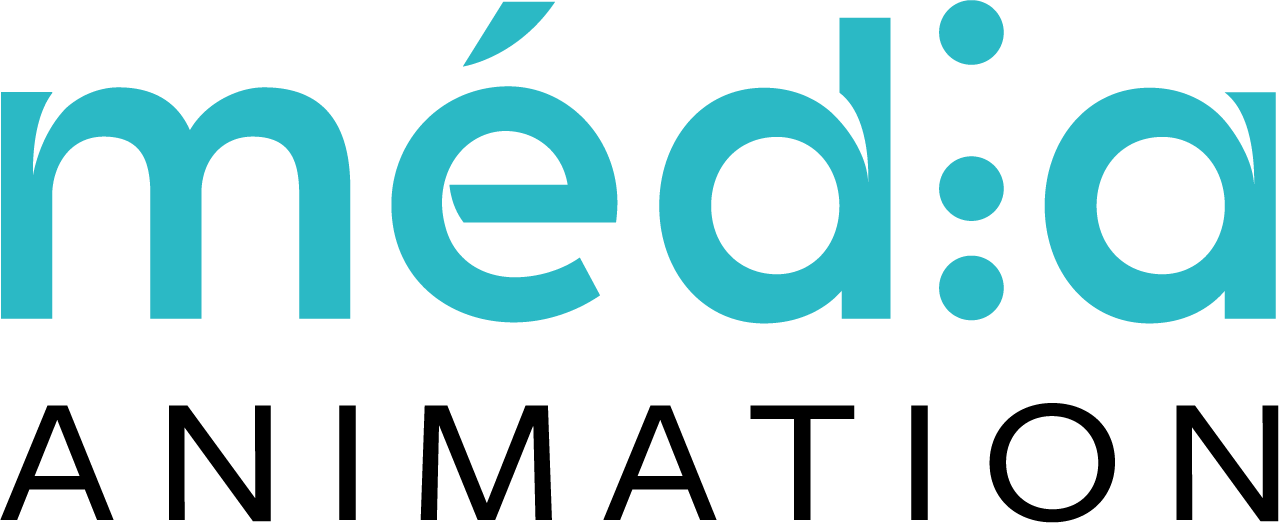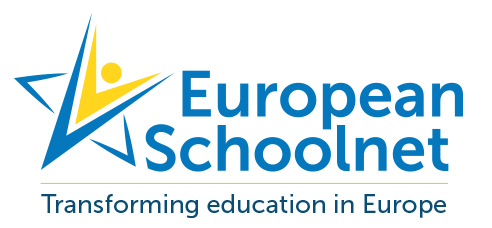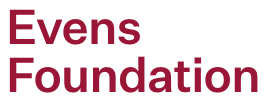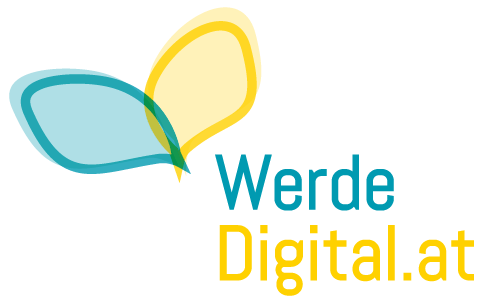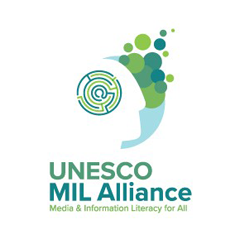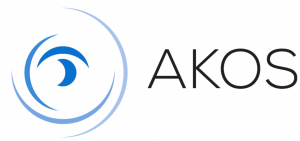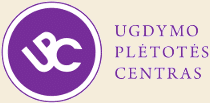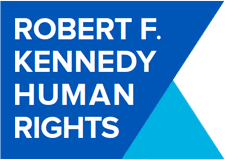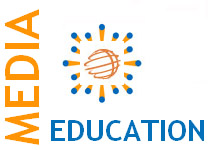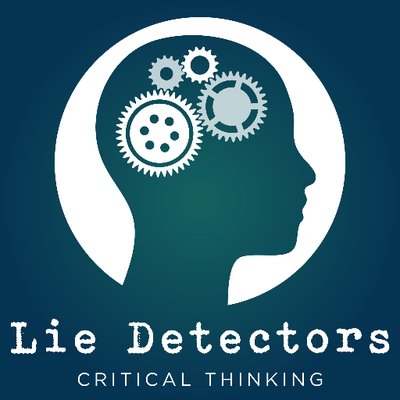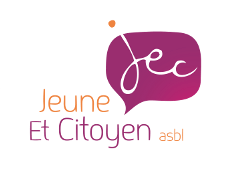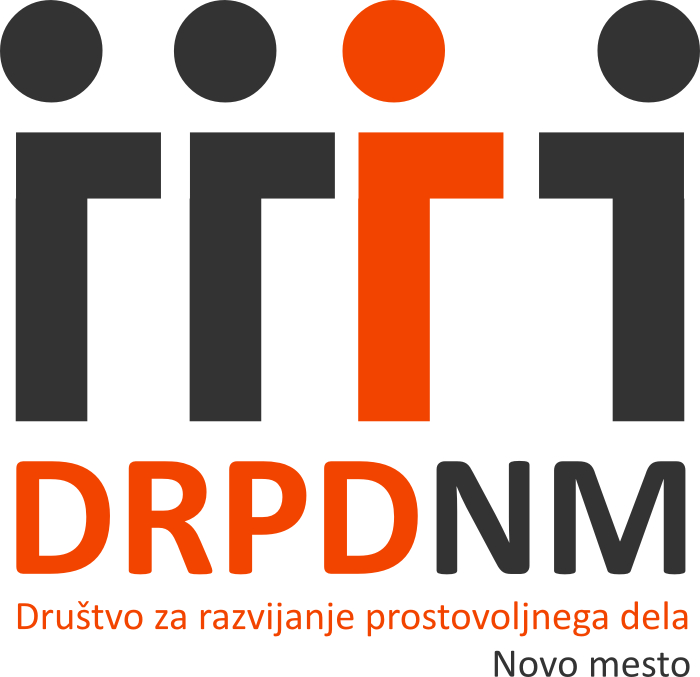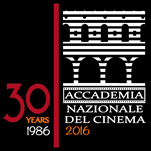By Tapio Varis, Professor Emeritus
To be published in 2021 by “Media. Information. Communication” (MIC), Moscow Pedagogical State University, http://mic.org.ru/en/

The world is facing serious socio-economic impact as the consequence of the pandemic. The global situation is also challenging the media and communication systems. The United Nations has warned of education catastrophe and recommends that preventing a learning crisis from becoming a generational catastrophe requires urgent action from all: “Education is not only a fundamental human right. It is an enabling right with direct impact on the realization of all other human rights. It is a global common good and a primary driver of progress across all 17 Sustainable Development Goals as a bedrock of just, equal, inclusive peaceful societies. When education systems collapse, peace, prosperous and productive societies cannot be sustained.”[i]
A few years earlier the World Development Report 2018 by the World Bank “LEARNING to Realize Education’s Promise” is the first ever devoted entirely to education. Education has long been critical to human welfare, but it is even more so in a time of rapid economic and social change [ii]
It has become clear that providing education is not enough. What generates a real return on investment is learning and acquiring skills. In many countries and communities learning is not happening. Schooling without learning is waste of resources and human potential. The media and communication networks, including the social media, may contribute to the short-term and long-term learning capabilities.
Now the pandemic has changed education much to distance learning and work into telework and the use of telecommunication, media and technology have grown rapidly. However, there is no guarantee that the learning process would be improved by this change. Research on the media and pandemic is underway in many parts of the world and we can expect research findings in the near future.
It may be instructive to have a short look back at what happened more than a decade ago. When e-Learning practices emerged when entering the 21st century there were great expectations on e-Learning practices. One comprehensive survey of the e-Learning practices in 39 countries was carried out by Professor Ugur Demiray and his team in 2010 in Anadolu University, Turkey. This book of two volumes has been used frequently even today.[iii]
In my own contribution to this gigantic work, I wrote that these volumes contain massive and impressive evidence of the progress of global e-learning. The emerging of life-long learning and new professional and vocational competencies as well as the globalisation of society and the rise of a knowledge-based economy had raised expectations upon higher education institutions and related services to the society. Governments and corporations looked at universities and colleges for innovative uses of new information technologies in teaching and administration, while also expecting that educational institutions will make their students sufficiently technology-literate to participate in a global economy. This vision of the new global learning emphasized more than before the role of market forces in shaping the institution, the need to respond to users´ needs, and the need to deliver knowledge continuously through distance learning and lifelong learning. However, the vast majority of universities are as well as the public and private organizations they work with were unprepared to reorganize themselves to address these new demands. A true revolution in e-learning requires high-speed access to the World Wide Web, and the flexibility to offer a variety of media. The new services are profoundly changing the professional research and educational work when it is possible to retrieve and save articles and other materials, search all kinds of information from images and animation to texts, and receive e-mail alerts and have access to sources not conceivable before. The need for new technology literacies which became called media literacy became essential in all countries.
Globalisation was consolidated by the extraordinary invasion of higher education by new technologies, especially the Internet. The development of communication and information technologies makes it possible for distance teaching institutions to strengthen their position in the educational landscape. They also pave the way for lifelong education for all and at the same time are spreading the traditional universities, more and more of which use distance teaching methods in their activities, thereby making the distinction between the two types meaningless.
In the early 2000 Mr. Koichiro Matsuura, Director-General of UNESCO, promoted the vision that:
- “It is necessary to build up large movement to humanize globalization, based on solidarity, on the spirit of caring for and sharing with others”
- Open Educational Resources (OER) initiative as a cooperation mechanism for the open, non-commercial use of educational resources[iv]
Open educational resources are educational materials and resources offered freely and openly for anyone to use and under some licenses to re-mix, improve and redistribute.
Later in 2009, the new UNESCO Director-General Ms Irina Bokova has stressed the importance of information and communication technologies in the spirit of new humanism.[v] Modern European university traditions during the last 500 years are facing major challenges in the 21st century. During the Enlightment and the spirit of Kant, the emphasis was on the logic of human rationality. The Humbold tradition during the 19th century promoted culture and civilization, a holistic idea of human beings as the ultimate goal of higher education. This vision was replaced in the late 20th century by the centres of excellence which are highly specialized but rather narrow in their approach to knowledge. The idea of civilization degenerated into a techno-bureaucracy. This utilitarian trend has been further intensified in promoting such fields of human inquiry that aim at making money. Also corporate universities have been promoted especially when the new models of e-learning and mobile learning can be applied. There is an increasing need for a new renaissance education where technology, art, humanities as well as spiritual values are integrated.
Julian Huxley, First DG of UNESCO 1946-48, was the main architect the new evolutionary synthesis. He brought up the concept of “higher humanity” where mankind is in charge of its own destiny and system of ethics. He wrote: ”Thus the general philosophy of Unesco should, it seems, be a scientific humanism, global in extent and evolutionary in background.” [vi]
The UNESCO/IITE publication “Media Literacy and New Humanism” by Professor Jose Manuel Perez Tornero and Tapio Varis emphasized that special attention needs to be given to media literacy as a competence of the creative society and global citizenship education. In the global, multicultural world communication necessarily mediates different values and cultural behaviors and serves civilizations. Technology has been used for learning, training and education throughout history. Great civilizations and cultures have very different patterns of communication and use different senses in a different way. The lack of visions and spiritual debate on ethics and values in diversities and dialogue among civilizations has created a need to look at the deeper essence of communication and education with a new perspective of equity and higher humanity. We need social imagination and critical media competences for a global dialogue and to have a holistic perspective to the interrelations between civilizations, technology and literacies.[vii]
More research attention should be given to the diversity of media cultures and the co-existence of different civilizations. Media literacy aims to develop both critical understanding of and active participation in the old and new media to create such communicative competences that would allow the use of modern technology. During the Renaissance the Europeans began to think of themselves into another culture and tradition. Now the civilizational challenges come from outside Europe. UNESCO has been promoting the credo of New Humanism which is not only theoretical but also practical approach needed for building a global education and media for the global civic society. A holistic vision of human communication and the future is needed for the new literacies and communication competences.[viii]
Since 2001 pioneering work was carried out by our Tampere University UNESCO Chair Global University System. The idea was a Networking program to construct global scale knowledge forum with advanced ICT, e.g., with the use of massive parallel processors of globally distributed and yet interconnected mini-supercomputers around the world through Global Broadband Internet (GBI) of the global neural computer network. Our efforts in the Tampere University also included implementation of e-Learning courses to Russia and China. In Taganrog, Southern Federal University, Tampere University, and University of Art and Design, Finland, investigated the area of intercultural communication and use of emerging ICT practices in learning, knowledge sharing process and education. In China, graduate students who participated in “Globalization and international education” connected in 2009 with Tapio Varis for a web-based live teleconferencing course on Media Literacy at the Institute of Education Xiamen University.
The new global media literacy will require a new balance between the values specific to communication, a new ethic of global responsibility or a deeper understanding of the values that have been accepted until now. As an example, the European Association for Viewers Interests has introduced a new approach to the media literacy movement to empower individuals to be active, engaged citizens in today’s increasingly challenging media environment. The goal is to create an ability to translate information into knowledge and wisdom. By global humanism EAVI believes that national frontiers are an obstacle when it comes to the existential issues facing humanity today, such as climate change, economic prosperity and human rights. Citizens must learn to use technologies effectively to contribute to global peace.[ix]
The civilizational human challenge for media and information literacy deals with values, ethics, and norms. We may ask empirical research evidence for the following questions concerning media and knowledge: Is the new digital network technology changing the global flow of information towards a dialogue of civilizations or strengthening the old structures of dominance?
Today the foreign influence by the technologically great powers and civilizations are promoted by cyber strategy where the nature of Internet is a key factor[1]. Therefore the communication research community needs to promote debate on the sociocultural challenges associated with the technological advancements in artificial intelligence and other evolving digital technologies, and media and information literacy education’s response to enhance the public understanding in the field and to stimulate a creative search of new MIL-solutions.
Communication is needed for consciousness raising. In addition to science and technology the great issues for communication researchers have included the traditions of humanistic and spiritual thought and now the emerging ecological civilization.
Modern communication researchers discuss the role of ”stories” and ”story telling” in the new media and who dominates these activities. It is not very different from the traditional Lasswel´s model of communication “who says what in what channel and with what effect” (1948).[x]
Today communication is no more linear and social media is more like flock behavior which is difficult to predict with the old models. There is a need to look at the cultural frameworks, civilizational and spiritual values of the communication flows. As Pippa Norris observes the most popular view of the past half century remains cultural convergence around Western values, or the ´homogenization´ scenario.[xi]
In 2011 the World Universities Forum was held in The Hong Kong Institute of Education with the major focus on “Asia Rising and the Changing Architecture of Global Higher Education”. As explained by Professor Xu Xiaozhou, Dean of the College of Education, Zhejiang University, global higher education is in a huge stage for human development and civilization where universities in different countries and districts play various roles. Many people admire the excellence from the Europe and America: appraise their contributions to the global higher education and society in the past millennium. The ranking of world universities follows much the Western standards and is dominated by techno-scientific model of defining legitimate and productive knowledge. Xu concluded that Europe has experienced European civilization together with the development of capitalism for a long time. American civilization learned from European civilization to a certain extent. Asia used to have ancient civilization, which evolves throughout history. Comparing to western civilization, the concepts of science, democracy, humanity and harmony need to be improved in Asian universities development.[xii]
According to Abdus Salam, a Pakistani theoretical physicist and Nobel laureate in physics, science and technology are shared heritage of mankind and are cyclical in nature. He even believed in the joint endeavour in sciences becoming one of the unifying forces among the diverse peoples on this globe.[xiii] Western dominance in science and technology emerges only after the 11th century A.D. In the great [2]civilizations of Asia development in this respect is seen in the perspective of hundreds of years and the present globalization is viewed as a return to the normal.
Even though we have to concentrate much on the newly defined global problems like the pandemia and the climate change the dangers in general were already identified during the cold war – especially by the nuclear scientists. Peter Kapitza, for example, wrote in the Bulletin of Atomic Scientists in 1981 about global problems and international solutions: ”Scientists must help the world to find common solutions to the global problems of nuclear war, environmental degradation and the depletion of the Earth´s resource. Humanity must first realize the magnitude and implications of the global crises”[xiv]
This remains as the ethical responsibility for the communication media even today.
[1] https://www.un.org/development/desa/dspd/wp-content/uploads/sites/22/2020/08/sg_policy_brief_covid-19_and_education_august_2020.pdf
[2] https://www.worldbank.org/en/publication/wdr2018
References
[i] https://www.un.org/development/desa/dspd/wp-content/uploads/sites/22/2020/08/sg_policy_brief_covid-19_and_education_august_2020.pdf
[ii] https://www.worldbank.org/en/publication/wdr2018
[iii] https://www.academia.edu/36884337/FINAL_ELEARN_EBOOK_VOL2_pdf
[iv] https://archive.unu.edu/hq/library/Collection/PDF_files/UNESCO/UNU-UNESCO_2003.pdf
[v] http://unesdoc.unesco.org/images/0021/002130/213061e.pdf
[vi] Julian Huxley: Unesco, itspurpose and its philosophy”, Public Affairs Press, Washington, D.C.1948, p.4-6.
[vii] https://iite.unesco.org/news/639368/
[viii] Tapio Varis: Education for a New Humanism and ICT, EduAkcja. Magazyn edukacji elektronicznej nr 1 (13)/2017, str. XX—XX
[x] Denis McQuail and Sven Windahl . Communication models for the study of mass communications (2nd ed.). New York: Longman, 1993,. pp. 13–15.
[xi] Pippa Norris – Ronald Inglehart: Cosmopolitan communications: cultural diversity in a globalized world. Cambridge University Press 2009, p. 14-15
[xii] Xu Xiaozhou:Towards Tri-Axis in Global Higher Education:The Rising of Asian Universities, World Universities Forum, 14-16 January 2011, Hong Kong
[xiii] Muhammad Abdus Salam: Notes on Science, Technology and Science Education in the Development of the South. The Third World Academy of Sciences, April 1990.
[xiv] Peter Kapitza: Global problems, international solutions. The Bulletin of Atomic Scientists, January 1981,p.40-42
By Tapio Varis, Professor Emeritus
To be published in 2021 by “Media. Information. Communication” (MIC), Moscow Pedagogical State University, http://mic.org.ru/en/

The world is facing serious socio-economic impact as the consequence of the pandemic. The global situation is also challenging the media and communication systems. The United Nations has warned of education catastrophe and recommends that preventing a learning crisis from becoming a generational catastrophe requires urgent action from all: “Education is not only a fundamental human right. It is an enabling right with direct impact on the realization of all other human rights. It is a global common good and a primary driver of progress across all 17 Sustainable Development Goals as a bedrock of just, equal, inclusive peaceful societies. When education systems collapse, peace, prosperous and productive societies cannot be sustained.”[i]
A few years earlier the World Development Report 2018 by the World Bank “LEARNING to Realize Education’s Promise” is the first ever devoted entirely to education. Education has long been critical to human welfare, but it is even more so in a time of rapid economic and social change [ii]
It has become clear that providing education is not enough. What generates a real return on investment is learning and acquiring skills. In many countries and communities learning is not happening. Schooling without learning is waste of resources and human potential. The media and communication networks, including the social media, may contribute to the short-term and long-term learning capabilities.
Now the pandemic has changed education much to distance learning and work into telework and the use of telecommunication, media and technology have grown rapidly. However, there is no guarantee that the learning process would be improved by this change. Research on the media and pandemic is underway in many parts of the world and we can expect research findings in the near future.
It may be instructive to have a short look back at what happened more than a decade ago. When e-Learning practices emerged when entering the 21st century there were great expectations on e-Learning practices. One comprehensive survey of the e-Learning practices in 39 countries was carried out by Professor Ugur Demiray and his team in 2010 in Anadolu University, Turkey. This book of two volumes has been used frequently even today.[iii]
In my own contribution to this gigantic work, I wrote that these volumes contain massive and impressive evidence of the progress of global e-learning. The emerging of life-long learning and new professional and vocational competencies as well as the globalisation of society and the rise of a knowledge-based economy had raised expectations upon higher education institutions and related services to the society. Governments and corporations looked at universities and colleges for innovative uses of new information technologies in teaching and administration, while also expecting that educational institutions will make their students sufficiently technology-literate to participate in a global economy. This vision of the new global learning emphasized more than before the role of market forces in shaping the institution, the need to respond to users´ needs, and the need to deliver knowledge continuously through distance learning and lifelong learning. However, the vast majority of universities are as well as the public and private organizations they work with were unprepared to reorganize themselves to address these new demands. A true revolution in e-learning requires high-speed access to the World Wide Web, and the flexibility to offer a variety of media. The new services are profoundly changing the professional research and educational work when it is possible to retrieve and save articles and other materials, search all kinds of information from images and animation to texts, and receive e-mail alerts and have access to sources not conceivable before. The need for new technology literacies which became called media literacy became essential in all countries.
Globalisation was consolidated by the extraordinary invasion of higher education by new technologies, especially the Internet. The development of communication and information technologies makes it possible for distance teaching institutions to strengthen their position in the educational landscape. They also pave the way for lifelong education for all and at the same time are spreading the traditional universities, more and more of which use distance teaching methods in their activities, thereby making the distinction between the two types meaningless.
In the early 2000 Mr. Koichiro Matsuura, Director-General of UNESCO, promoted the vision that:
- “It is necessary to build up large movement to humanize globalization, based on solidarity, on the spirit of caring for and sharing with others”
- Open Educational Resources (OER) initiative as a cooperation mechanism for the open, non-commercial use of educational resources[iv]
Open educational resources are educational materials and resources offered freely and openly for anyone to use and under some licenses to re-mix, improve and redistribute.
Later in 2009, the new UNESCO Director-General Ms Irina Bokova has stressed the importance of information and communication technologies in the spirit of new humanism.[v] Modern European university traditions during the last 500 years are facing major challenges in the 21st century. During the Enlightment and the spirit of Kant, the emphasis was on the logic of human rationality. The Humbold tradition during the 19th century promoted culture and civilization, a holistic idea of human beings as the ultimate goal of higher education. This vision was replaced in the late 20th century by the centres of excellence which are highly specialized but rather narrow in their approach to knowledge. The idea of civilization degenerated into a techno-bureaucracy. This utilitarian trend has been further intensified in promoting such fields of human inquiry that aim at making money. Also corporate universities have been promoted especially when the new models of e-learning and mobile learning can be applied. There is an increasing need for a new renaissance education where technology, art, humanities as well as spiritual values are integrated.
Julian Huxley, First DG of UNESCO 1946-48, was the main architect the new evolutionary synthesis. He brought up the concept of “higher humanity” where mankind is in charge of its own destiny and system of ethics. He wrote: ”Thus the general philosophy of Unesco should, it seems, be a scientific humanism, global in extent and evolutionary in background.” [vi]
The UNESCO/IITE publication “Media Literacy and New Humanism” by Professor Jose Manuel Perez Tornero and Tapio Varis emphasized that special attention needs to be given to media literacy as a competence of the creative society and global citizenship education. In the global, multicultural world communication necessarily mediates different values and cultural behaviors and serves civilizations. Technology has been used for learning, training and education throughout history. Great civilizations and cultures have very different patterns of communication and use different senses in a different way. The lack of visions and spiritual debate on ethics and values in diversities and dialogue among civilizations has created a need to look at the deeper essence of communication and education with a new perspective of equity and higher humanity. We need social imagination and critical media competences for a global dialogue and to have a holistic perspective to the interrelations between civilizations, technology and literacies.[vii]
More research attention should be given to the diversity of media cultures and the co-existence of different civilizations. Media literacy aims to develop both critical understanding of and active participation in the old and new media to create such communicative competences that would allow the use of modern technology. During the Renaissance the Europeans began to think of themselves into another culture and tradition. Now the civilizational challenges come from outside Europe. UNESCO has been promoting the credo of New Humanism which is not only theoretical but also practical approach needed for building a global education and media for the global civic society. A holistic vision of human communication and the future is needed for the new literacies and communication competences.[viii]
Since 2001 pioneering work was carried out by our Tampere University UNESCO Chair Global University System. The idea was a Networking program to construct global scale knowledge forum with advanced ICT, e.g., with the use of massive parallel processors of globally distributed and yet interconnected mini-supercomputers around the world through Global Broadband Internet (GBI) of the global neural computer network. Our efforts in the Tampere University also included implementation of e-Learning courses to Russia and China. In Taganrog, Southern Federal University, Tampere University, and University of Art and Design, Finland, investigated the area of intercultural communication and use of emerging ICT practices in learning, knowledge sharing process and education. In China, graduate students who participated in “Globalization and international education” connected in 2009 with Tapio Varis for a web-based live teleconferencing course on Media Literacy at the Institute of Education Xiamen University.
The new global media literacy will require a new balance between the values specific to communication, a new ethic of global responsibility or a deeper understanding of the values that have been accepted until now. As an example, the European Association for Viewers Interests has introduced a new approach to the media literacy movement to empower individuals to be active, engaged citizens in today’s increasingly challenging media environment. The goal is to create an ability to translate information into knowledge and wisdom. By global humanism EAVI believes that national frontiers are an obstacle when it comes to the existential issues facing humanity today, such as climate change, economic prosperity and human rights. Citizens must learn to use technologies effectively to contribute to global peace.[ix]
The civilizational human challenge for media and information literacy deals with values, ethics, and norms. We may ask empirical research evidence for the following questions concerning media and knowledge: Is the new digital network technology changing the global flow of information towards a dialogue of civilizations or strengthening the old structures of dominance?
Today the foreign influence by the technologically great powers and civilizations are promoted by cyber strategy where the nature of Internet is a key factor[1]. Therefore the communication research community needs to promote debate on the sociocultural challenges associated with the technological advancements in artificial intelligence and other evolving digital technologies, and media and information literacy education’s response to enhance the public understanding in the field and to stimulate a creative search of new MIL-solutions.
Communication is needed for consciousness raising. In addition to science and technology the great issues for communication researchers have included the traditions of humanistic and spiritual thought and now the emerging ecological civilization.
Modern communication researchers discuss the role of ”stories” and ”story telling” in the new media and who dominates these activities. It is not very different from the traditional Lasswel´s model of communication “who says what in what channel and with what effect” (1948).[x]
Today communication is no more linear and social media is more like flock behavior which is difficult to predict with the old models. There is a need to look at the cultural frameworks, civilizational and spiritual values of the communication flows. As Pippa Norris observes the most popular view of the past half century remains cultural convergence around Western values, or the ´homogenization´ scenario.[xi]
In 2011 the World Universities Forum was held in The Hong Kong Institute of Education with the major focus on “Asia Rising and the Changing Architecture of Global Higher Education”. As explained by Professor Xu Xiaozhou, Dean of the College of Education, Zhejiang University, global higher education is in a huge stage for human development and civilization where universities in different countries and districts play various roles. Many people admire the excellence from the Europe and America: appraise their contributions to the global higher education and society in the past millennium. The ranking of world universities follows much the Western standards and is dominated by techno-scientific model of defining legitimate and productive knowledge. Xu concluded that Europe has experienced European civilization together with the development of capitalism for a long time. American civilization learned from European civilization to a certain extent. Asia used to have ancient civilization, which evolves throughout history. Comparing to western civilization, the concepts of science, democracy, humanity and harmony need to be improved in Asian universities development.[xii]
According to Abdus Salam, a Pakistani theoretical physicist and Nobel laureate in physics, science and technology are shared heritage of mankind and are cyclical in nature. He even believed in the joint endeavour in sciences becoming one of the unifying forces among the diverse peoples on this globe.[xiii] Western dominance in science and technology emerges only after the 11th century A.D. In the great [2]civilizations of Asia development in this respect is seen in the perspective of hundreds of years and the present globalization is viewed as a return to the normal.
Even though we have to concentrate much on the newly defined global problems like the pandemia and the climate change the dangers in general were already identified during the cold war – especially by the nuclear scientists. Peter Kapitza, for example, wrote in the Bulletin of Atomic Scientists in 1981 about global problems and international solutions: ”Scientists must help the world to find common solutions to the global problems of nuclear war, environmental degradation and the depletion of the Earth´s resource. Humanity must first realize the magnitude and implications of the global crises”[xiv]
This remains as the ethical responsibility for the communication media even today.
[1] https://www.un.org/development/desa/dspd/wp-content/uploads/sites/22/2020/08/sg_policy_brief_covid-19_and_education_august_2020.pdf
[2] https://www.worldbank.org/en/publication/wdr2018
References
[i] https://www.un.org/development/desa/dspd/wp-content/uploads/sites/22/2020/08/sg_policy_brief_covid-19_and_education_august_2020.pdf
[ii] https://www.worldbank.org/en/publication/wdr2018
[iii] https://www.academia.edu/36884337/FINAL_ELEARN_EBOOK_VOL2_pdf
[iv] https://archive.unu.edu/hq/library/Collection/PDF_files/UNESCO/UNU-UNESCO_2003.pdf
[v] http://unesdoc.unesco.org/images/0021/002130/213061e.pdf
[vi] Julian Huxley: Unesco, itspurpose and its philosophy”, Public Affairs Press, Washington, D.C.1948, p.4-6.
[vii] https://iite.unesco.org/news/639368/
[viii] Tapio Varis: Education for a New Humanism and ICT, EduAkcja. Magazyn edukacji elektronicznej nr 1 (13)/2017, str. XX—XX
[x] Denis McQuail and Sven Windahl . Communication models for the study of mass communications (2nd ed.). New York: Longman, 1993,. pp. 13–15.
[xi] Pippa Norris – Ronald Inglehart: Cosmopolitan communications: cultural diversity in a globalized world. Cambridge University Press 2009, p. 14-15
[xii] Xu Xiaozhou:Towards Tri-Axis in Global Higher Education:The Rising of Asian Universities, World Universities Forum, 14-16 January 2011, Hong Kong
[xiii] Muhammad Abdus Salam: Notes on Science, Technology and Science Education in the Development of the South. The Third World Academy of Sciences, April 1990.
[xiv] Peter Kapitza: Global problems, international solutions. The Bulletin of Atomic Scientists, January 1981,p.40-42
By Tapio Varis, Professor Emeritus
To be published in 2021 by “Media. Information. Communication” (MIC), Moscow Pedagogical State University, http://mic.org.ru/en/

The world is facing serious socio-economic impact as the consequence of the pandemic. The global situation is also challenging the media and communication systems. The United Nations has warned of education catastrophe and recommends that preventing a learning crisis from becoming a generational catastrophe requires urgent action from all: “Education is not only a fundamental human right. It is an enabling right with direct impact on the realization of all other human rights. It is a global common good and a primary driver of progress across all 17 Sustainable Development Goals as a bedrock of just, equal, inclusive peaceful societies. When education systems collapse, peace, prosperous and productive societies cannot be sustained.”[i]
A few years earlier the World Development Report 2018 by the World Bank “LEARNING to Realize Education’s Promise” is the first ever devoted entirely to education. Education has long been critical to human welfare, but it is even more so in a time of rapid economic and social change [ii]
It has become clear that providing education is not enough. What generates a real return on investment is learning and acquiring skills. In many countries and communities learning is not happening. Schooling without learning is waste of resources and human potential. The media and communication networks, including the social media, may contribute to the short-term and long-term learning capabilities.
Now the pandemic has changed education much to distance learning and work into telework and the use of telecommunication, media and technology have grown rapidly. However, there is no guarantee that the learning process would be improved by this change. Research on the media and pandemic is underway in many parts of the world and we can expect research findings in the near future.
It may be instructive to have a short look back at what happened more than a decade ago. When e-Learning practices emerged when entering the 21st century there were great expectations on e-Learning practices. One comprehensive survey of the e-Learning practices in 39 countries was carried out by Professor Ugur Demiray and his team in 2010 in Anadolu University, Turkey. This book of two volumes has been used frequently even today.[iii]
In my own contribution to this gigantic work, I wrote that these volumes contain massive and impressive evidence of the progress of global e-learning. The emerging of life-long learning and new professional and vocational competencies as well as the globalisation of society and the rise of a knowledge-based economy had raised expectations upon higher education institutions and related services to the society. Governments and corporations looked at universities and colleges for innovative uses of new information technologies in teaching and administration, while also expecting that educational institutions will make their students sufficiently technology-literate to participate in a global economy. This vision of the new global learning emphasized more than before the role of market forces in shaping the institution, the need to respond to users´ needs, and the need to deliver knowledge continuously through distance learning and lifelong learning. However, the vast majority of universities are as well as the public and private organizations they work with were unprepared to reorganize themselves to address these new demands. A true revolution in e-learning requires high-speed access to the World Wide Web, and the flexibility to offer a variety of media. The new services are profoundly changing the professional research and educational work when it is possible to retrieve and save articles and other materials, search all kinds of information from images and animation to texts, and receive e-mail alerts and have access to sources not conceivable before. The need for new technology literacies which became called media literacy became essential in all countries.
Globalisation was consolidated by the extraordinary invasion of higher education by new technologies, especially the Internet. The development of communication and information technologies makes it possible for distance teaching institutions to strengthen their position in the educational landscape. They also pave the way for lifelong education for all and at the same time are spreading the traditional universities, more and more of which use distance teaching methods in their activities, thereby making the distinction between the two types meaningless.
In the early 2000 Mr. Koichiro Matsuura, Director-General of UNESCO, promoted the vision that:
- “It is necessary to build up large movement to humanize globalization, based on solidarity, on the spirit of caring for and sharing with others”
- Open Educational Resources (OER) initiative as a cooperation mechanism for the open, non-commercial use of educational resources[iv]
Open educational resources are educational materials and resources offered freely and openly for anyone to use and under some licenses to re-mix, improve and redistribute.
Later in 2009, the new UNESCO Director-General Ms Irina Bokova has stressed the importance of information and communication technologies in the spirit of new humanism.[v] Modern European university traditions during the last 500 years are facing major challenges in the 21st century. During the Enlightment and the spirit of Kant, the emphasis was on the logic of human rationality. The Humbold tradition during the 19th century promoted culture and civilization, a holistic idea of human beings as the ultimate goal of higher education. This vision was replaced in the late 20th century by the centres of excellence which are highly specialized but rather narrow in their approach to knowledge. The idea of civilization degenerated into a techno-bureaucracy. This utilitarian trend has been further intensified in promoting such fields of human inquiry that aim at making money. Also corporate universities have been promoted especially when the new models of e-learning and mobile learning can be applied. There is an increasing need for a new renaissance education where technology, art, humanities as well as spiritual values are integrated.
Julian Huxley, First DG of UNESCO 1946-48, was the main architect the new evolutionary synthesis. He brought up the concept of “higher humanity” where mankind is in charge of its own destiny and system of ethics. He wrote: ”Thus the general philosophy of Unesco should, it seems, be a scientific humanism, global in extent and evolutionary in background.” [vi]
The UNESCO/IITE publication “Media Literacy and New Humanism” by Professor Jose Manuel Perez Tornero and Tapio Varis emphasized that special attention needs to be given to media literacy as a competence of the creative society and global citizenship education. In the global, multicultural world communication necessarily mediates different values and cultural behaviors and serves civilizations. Technology has been used for learning, training and education throughout history. Great civilizations and cultures have very different patterns of communication and use different senses in a different way. The lack of visions and spiritual debate on ethics and values in diversities and dialogue among civilizations has created a need to look at the deeper essence of communication and education with a new perspective of equity and higher humanity. We need social imagination and critical media competences for a global dialogue and to have a holistic perspective to the interrelations between civilizations, technology and literacies.[vii]
More research attention should be given to the diversity of media cultures and the co-existence of different civilizations. Media literacy aims to develop both critical understanding of and active participation in the old and new media to create such communicative competences that would allow the use of modern technology. During the Renaissance the Europeans began to think of themselves into another culture and tradition. Now the civilizational challenges come from outside Europe. UNESCO has been promoting the credo of New Humanism which is not only theoretical but also practical approach needed for building a global education and media for the global civic society. A holistic vision of human communication and the future is needed for the new literacies and communication competences.[viii]
Since 2001 pioneering work was carried out by our Tampere University UNESCO Chair Global University System. The idea was a Networking program to construct global scale knowledge forum with advanced ICT, e.g., with the use of massive parallel processors of globally distributed and yet interconnected mini-supercomputers around the world through Global Broadband Internet (GBI) of the global neural computer network. Our efforts in the Tampere University also included implementation of e-Learning courses to Russia and China. In Taganrog, Southern Federal University, Tampere University, and University of Art and Design, Finland, investigated the area of intercultural communication and use of emerging ICT practices in learning, knowledge sharing process and education. In China, graduate students who participated in “Globalization and international education” connected in 2009 with Tapio Varis for a web-based live teleconferencing course on Media Literacy at the Institute of Education Xiamen University.
The new global media literacy will require a new balance between the values specific to communication, a new ethic of global responsibility or a deeper understanding of the values that have been accepted until now. As an example, the European Association for Viewers Interests has introduced a new approach to the media literacy movement to empower individuals to be active, engaged citizens in today’s increasingly challenging media environment. The goal is to create an ability to translate information into knowledge and wisdom. By global humanism EAVI believes that national frontiers are an obstacle when it comes to the existential issues facing humanity today, such as climate change, economic prosperity and human rights. Citizens must learn to use technologies effectively to contribute to global peace.[ix]
The civilizational human challenge for media and information literacy deals with values, ethics, and norms. We may ask empirical research evidence for the following questions concerning media and knowledge: Is the new digital network technology changing the global flow of information towards a dialogue of civilizations or strengthening the old structures of dominance?
Today the foreign influence by the technologically great powers and civilizations are promoted by cyber strategy where the nature of Internet is a key factor[1]. Therefore the communication research community needs to promote debate on the sociocultural challenges associated with the technological advancements in artificial intelligence and other evolving digital technologies, and media and information literacy education’s response to enhance the public understanding in the field and to stimulate a creative search of new MIL-solutions.
Communication is needed for consciousness raising. In addition to science and technology the great issues for communication researchers have included the traditions of humanistic and spiritual thought and now the emerging ecological civilization.
Modern communication researchers discuss the role of ”stories” and ”story telling” in the new media and who dominates these activities. It is not very different from the traditional Lasswel´s model of communication “who says what in what channel and with what effect” (1948).[x]
Today communication is no more linear and social media is more like flock behavior which is difficult to predict with the old models. There is a need to look at the cultural frameworks, civilizational and spiritual values of the communication flows. As Pippa Norris observes the most popular view of the past half century remains cultural convergence around Western values, or the ´homogenization´ scenario.[xi]
In 2011 the World Universities Forum was held in The Hong Kong Institute of Education with the major focus on “Asia Rising and the Changing Architecture of Global Higher Education”. As explained by Professor Xu Xiaozhou, Dean of the College of Education, Zhejiang University, global higher education is in a huge stage for human development and civilization where universities in different countries and districts play various roles. Many people admire the excellence from the Europe and America: appraise their contributions to the global higher education and society in the past millennium. The ranking of world universities follows much the Western standards and is dominated by techno-scientific model of defining legitimate and productive knowledge. Xu concluded that Europe has experienced European civilization together with the development of capitalism for a long time. American civilization learned from European civilization to a certain extent. Asia used to have ancient civilization, which evolves throughout history. Comparing to western civilization, the concepts of science, democracy, humanity and harmony need to be improved in Asian universities development.[xii]
According to Abdus Salam, a Pakistani theoretical physicist and Nobel laureate in physics, science and technology are shared heritage of mankind and are cyclical in nature. He even believed in the joint endeavour in sciences becoming one of the unifying forces among the diverse peoples on this globe.[xiii] Western dominance in science and technology emerges only after the 11th century A.D. In the great [2]civilizations of Asia development in this respect is seen in the perspective of hundreds of years and the present globalization is viewed as a return to the normal.
Even though we have to concentrate much on the newly defined global problems like the pandemia and the climate change the dangers in general were already identified during the cold war – especially by the nuclear scientists. Peter Kapitza, for example, wrote in the Bulletin of Atomic Scientists in 1981 about global problems and international solutions: ”Scientists must help the world to find common solutions to the global problems of nuclear war, environmental degradation and the depletion of the Earth´s resource. Humanity must first realize the magnitude and implications of the global crises”[xiv]
This remains as the ethical responsibility for the communication media even today.
[1] https://www.un.org/development/desa/dspd/wp-content/uploads/sites/22/2020/08/sg_policy_brief_covid-19_and_education_august_2020.pdf
[2] https://www.worldbank.org/en/publication/wdr2018
References
[i] https://www.un.org/development/desa/dspd/wp-content/uploads/sites/22/2020/08/sg_policy_brief_covid-19_and_education_august_2020.pdf
[ii] https://www.worldbank.org/en/publication/wdr2018
[iii] https://www.academia.edu/36884337/FINAL_ELEARN_EBOOK_VOL2_pdf
[iv] https://archive.unu.edu/hq/library/Collection/PDF_files/UNESCO/UNU-UNESCO_2003.pdf
[v] http://unesdoc.unesco.org/images/0021/002130/213061e.pdf
[vi] Julian Huxley: Unesco, itspurpose and its philosophy”, Public Affairs Press, Washington, D.C.1948, p.4-6.
[vii] https://iite.unesco.org/news/639368/
[viii] Tapio Varis: Education for a New Humanism and ICT, EduAkcja. Magazyn edukacji elektronicznej nr 1 (13)/2017, str. XX—XX
[x] Denis McQuail and Sven Windahl . Communication models for the study of mass communications (2nd ed.). New York: Longman, 1993,. pp. 13–15.
[xi] Pippa Norris – Ronald Inglehart: Cosmopolitan communications: cultural diversity in a globalized world. Cambridge University Press 2009, p. 14-15
[xii] Xu Xiaozhou:Towards Tri-Axis in Global Higher Education:The Rising of Asian Universities, World Universities Forum, 14-16 January 2011, Hong Kong
[xiii] Muhammad Abdus Salam: Notes on Science, Technology and Science Education in the Development of the South. The Third World Academy of Sciences, April 1990.
[xiv] Peter Kapitza: Global problems, international solutions. The Bulletin of Atomic Scientists, January 1981,p.40-42
